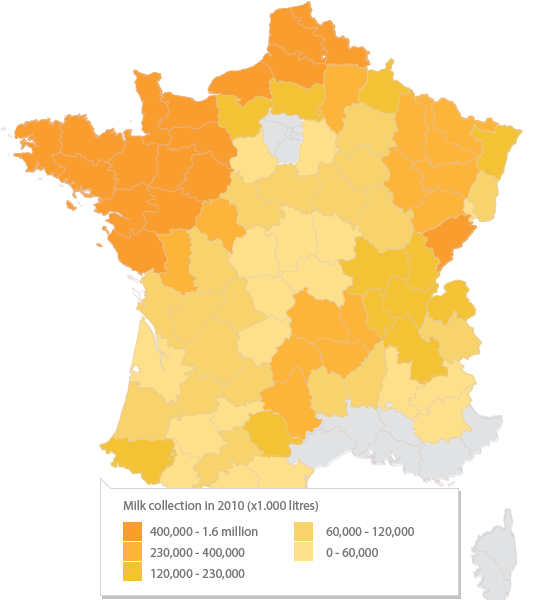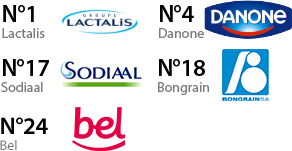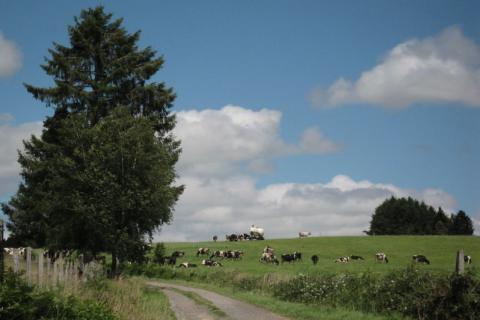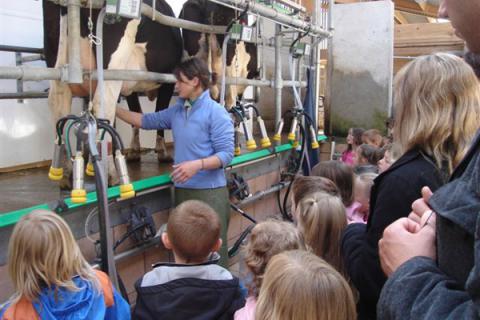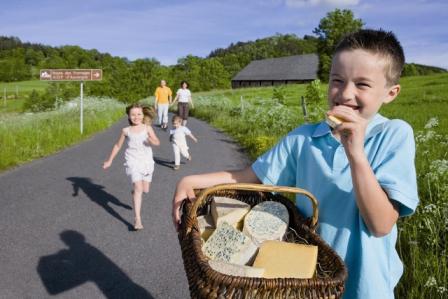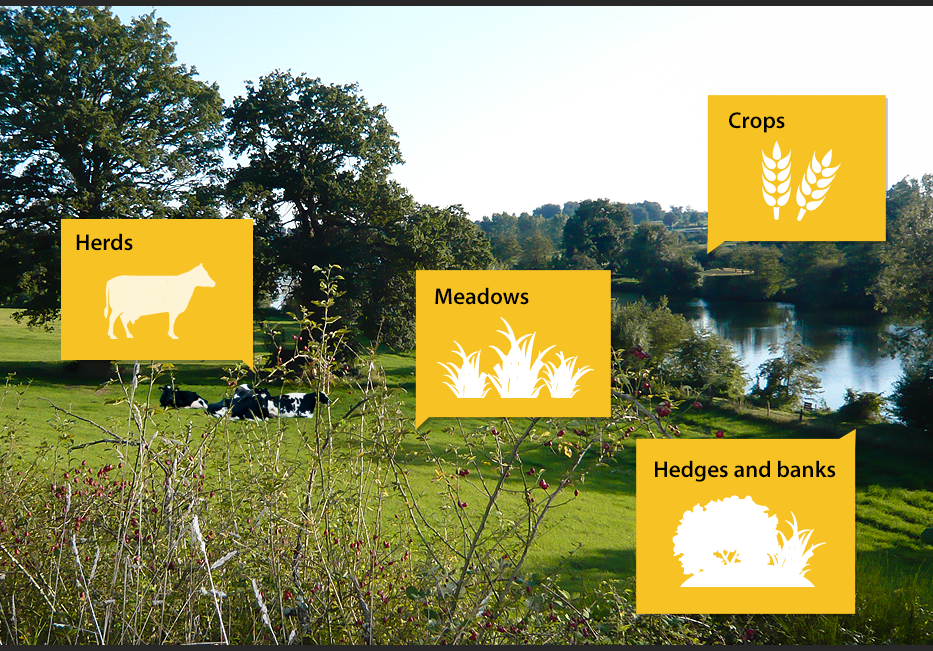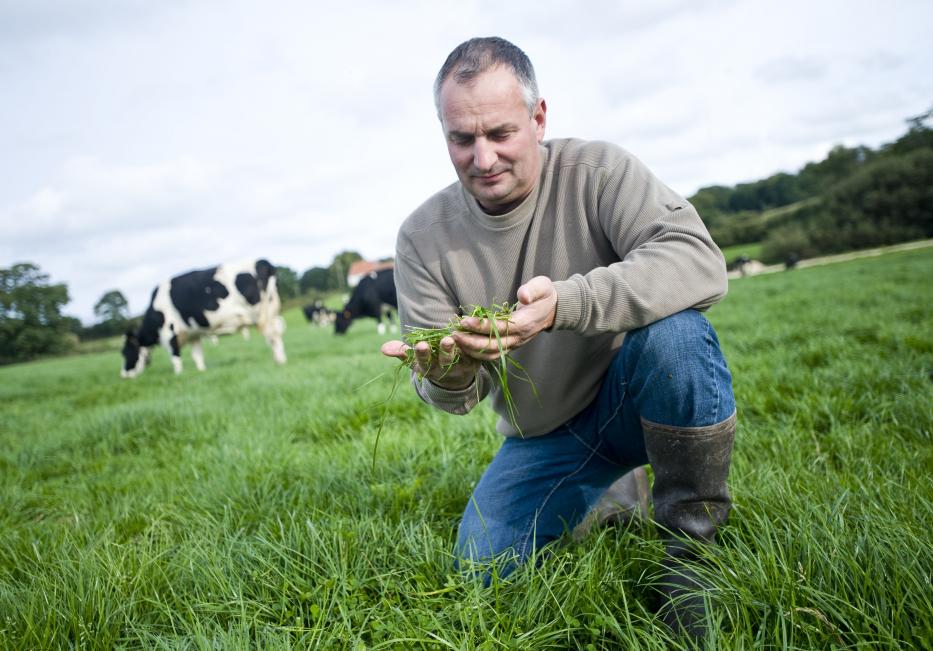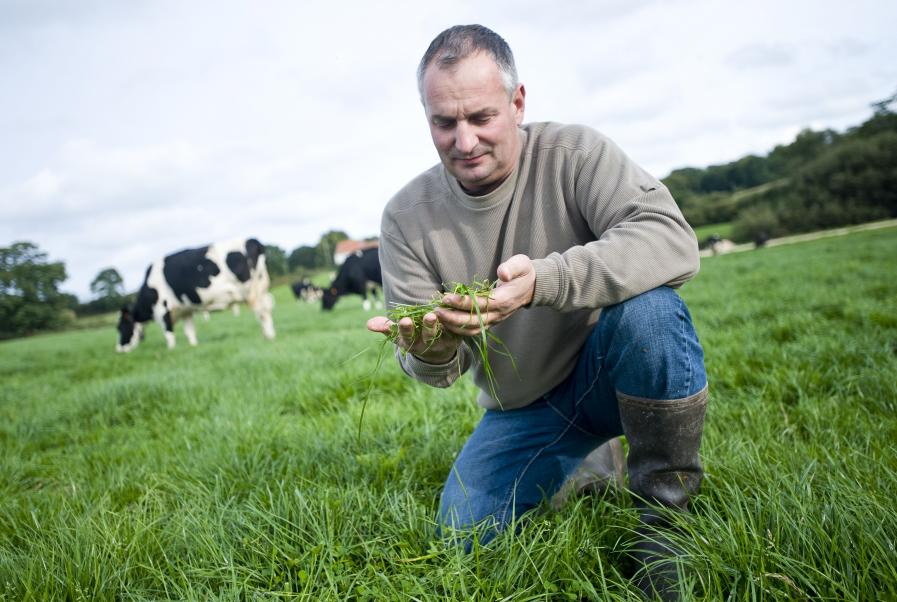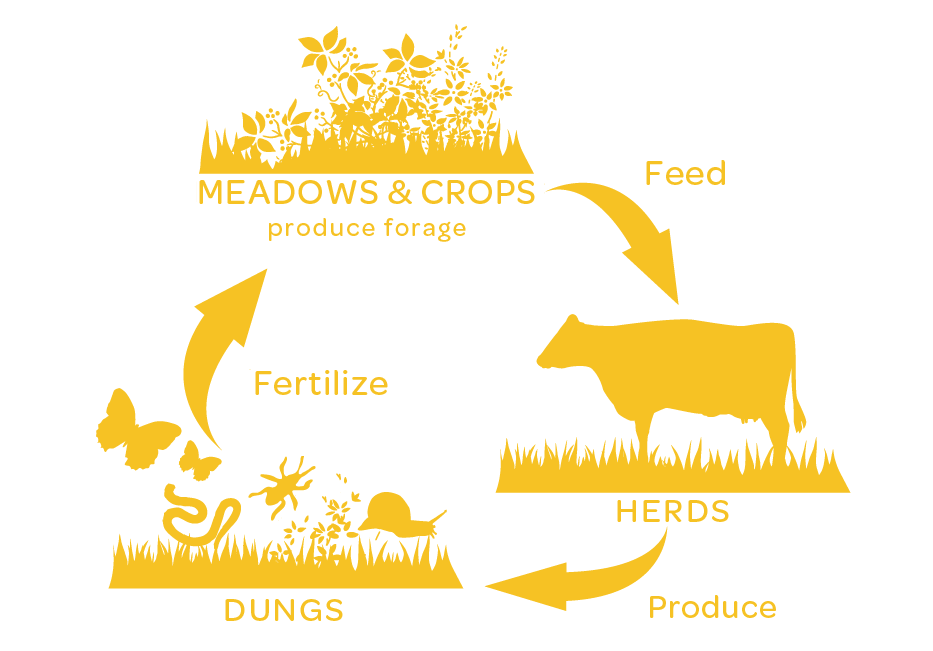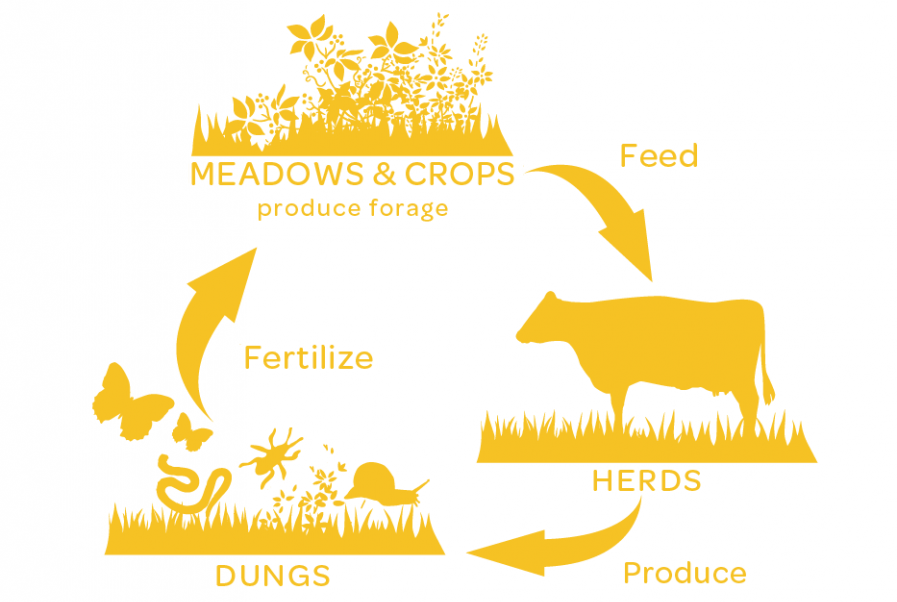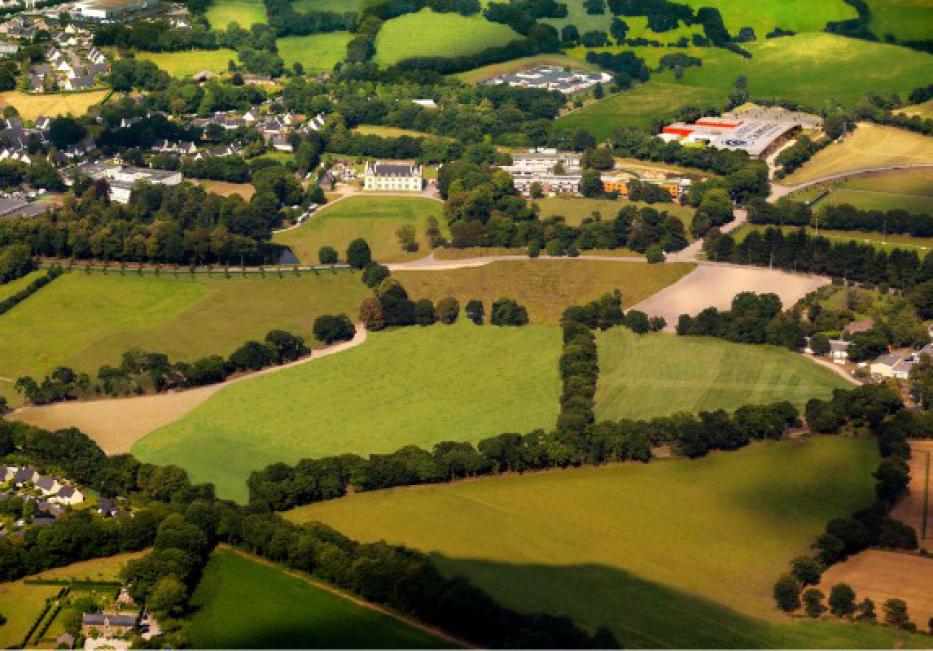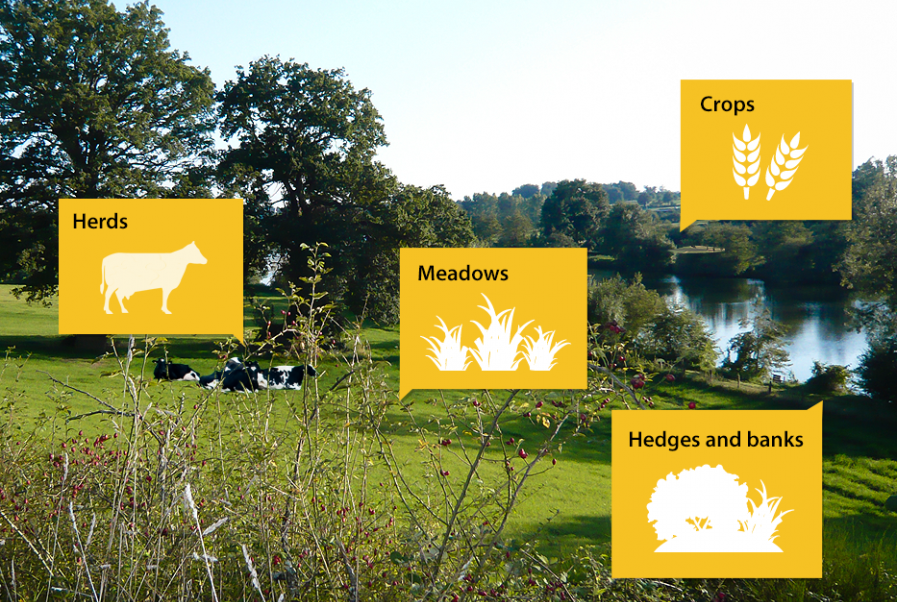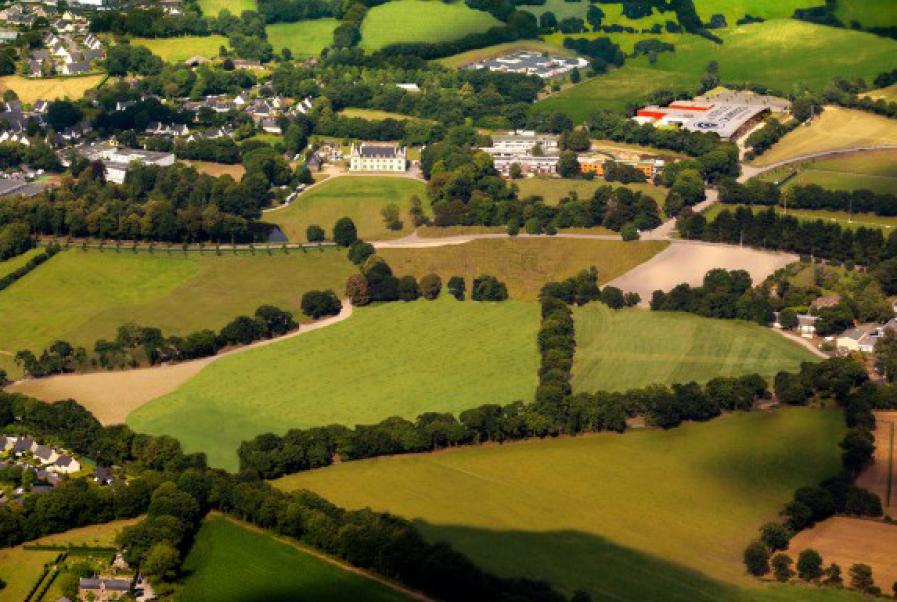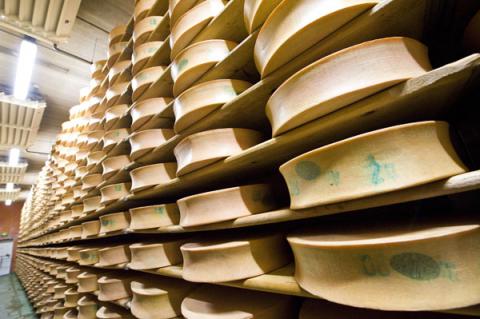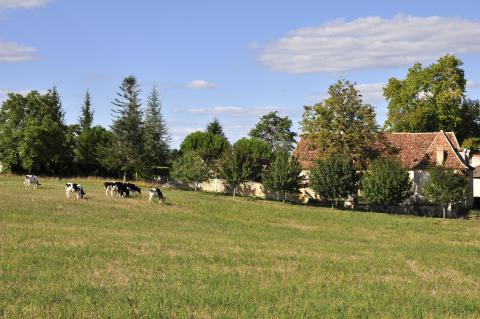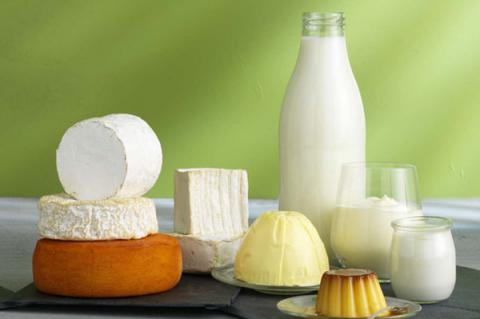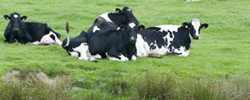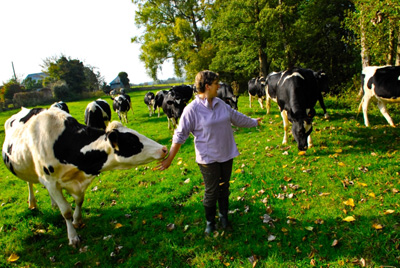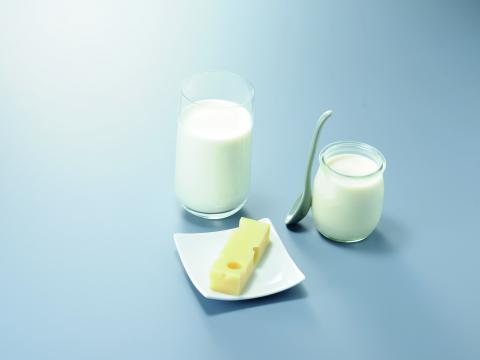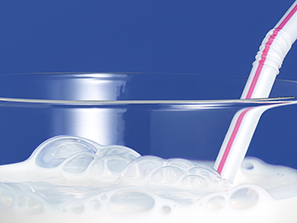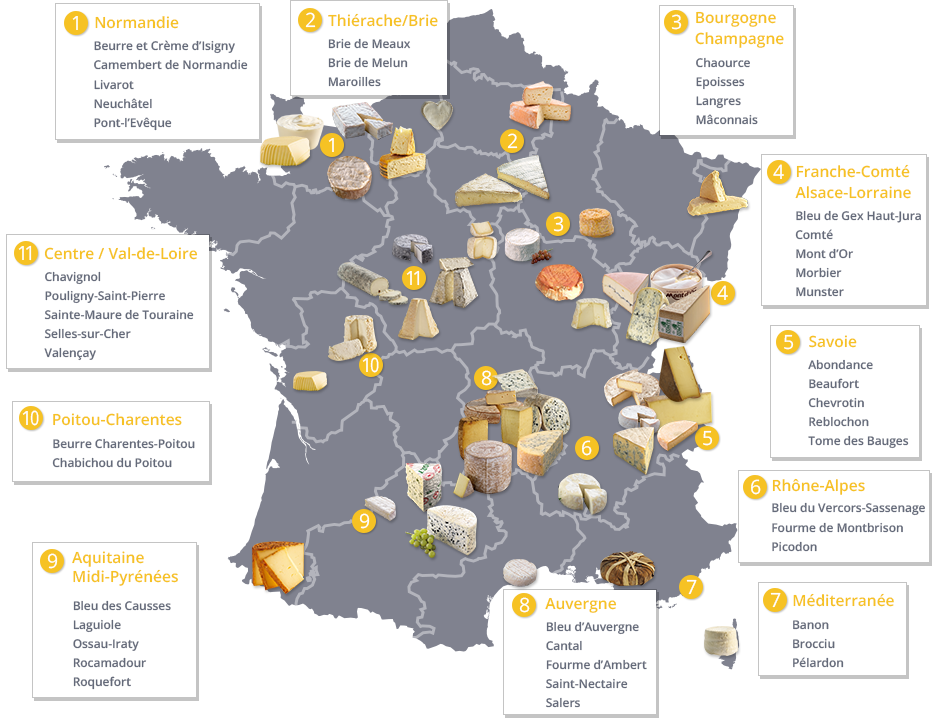Les services de l'élevage - ANG
Farming is a key stakeholder in rural territories, contributing to jobs and rural life, promoting heritage, maintaining the countryside, preserving biodiversity, and more.
To identify and quantify the services provided by farming to different areas, CNIEL is co-chairing a working group set up in 2011 by the Elevages Demain (“Farming Tomorrow”) scientific interest group.
This group has launched research aiming to develop useful key indicators for measuring the benefits of farming, studying the interactions between these different services and assessing their importance to the different areas being considered (plains, mountains, etc.).
The results of this initial research are expected shortly and should lead to proposals for further research.
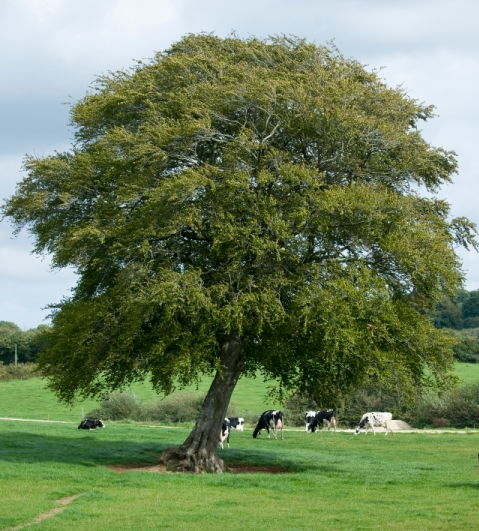
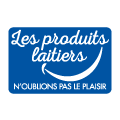 Everything you need to know about milk and dairy products, the different steps involved in processing them, their diversity and health benefits. Also, practical information such as how to read food labels, make homemade dairy products,…
Everything you need to know about milk and dairy products, the different steps involved in processing them, their diversity and health benefits. Also, practical information such as how to read food labels, make homemade dairy products,…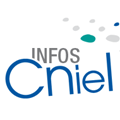 All about how CNIEL serves the French dairy industry. The organization addresses a wide range of issues, from the dairy economy, international business and promotion, to technology and scientific research. Its work is aimed at helping dairy producers and processors to anticipate market developments and build a strong future.
All about how CNIEL serves the French dairy industry. The organization addresses a wide range of issues, from the dairy economy, international business and promotion, to technology and scientific research. Its work is aimed at helping dairy producers and processors to anticipate market developments and build a strong future.